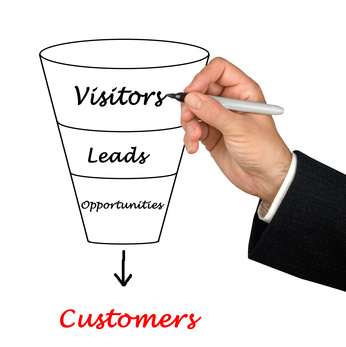
On the 26th February, I attended Technology for Marketing and Advertising 2015 at Kensington Olympia (also known as TFM&A). The centrepiece of the show is “Marketing University”, where leading experts share case studies and insights on digital marketing best practice. Whether you’re interested in email marketing, SEO or marketing automation, there’s something there for you.
If you didn’t make it this year, don’t worry! Over the next few days, I will be discussing the three key trends that emerged from this year’s event that you can’t afford to miss.
Trend #1
Treat marketing as a revenue generator, not a cost centre
 That was the key message from Ray Coppinger, senior marketing manager at Marketo who delivered a seminar on how to master your marketing metrics.
That was the key message from Ray Coppinger, senior marketing manager at Marketo who delivered a seminar on how to master your marketing metrics.
Too many marketers rely on the efficiency of their marketing, e.g. brand awareness and cost metrics whilst completely ignoring its effectiveness – in other words, the contribution to your bottom line.
He shared the results of a shocking report that revealed that only 21% of senior marketers measure marketing in terms of revenue impact. It’s not difficult to understand why CEOs are distrustful of marketers!
Don’t worry about Vanity Metrics, focus on results!
Vanity metrics are metrics that “sound” or “look” good, but do little to measure the impact on revenue, for example likes and shares – but the only thing that really matters is results!
The two big mistakes that marketers make according to Ray Coppinger:
- They focus on their activities instead of what results and impact they have on generating revenue.
- They frame marketing in terms of cost and spending instead of results and outcomes.
So what are the right metrics to measure?
- Focus on revenue cycle metrics – These measure the contribution of your digital marketing at each stage of the sales funnel e.g. What percentage of respondents who open your email have converted to leads? And how many of these have converted to opportunities?
- Ensure you have accurate forecasts – By accurately researching your target market and by benchmarking your existing campaigns, you should be able to predict future revenue and ROI (return on investment). A trusted forecast is the single most important step to make marketing a revenue driver, not a cost centre.
Other key tips from Ray Coppinger:
- It takes multiple touches to convert a cold lead to sale – In fact it takes at least seven touch points. Your email campaign may have led to the sale but it may well have been a completely different channel that alerted the customer to your website in the fist place. You need to measure each one of these touch points.
- There are multiple influencers involved in a sale – The average buying committee at a mid-sized company comprises of six people. In the case of larger companies or more complex purchases, it can involve 21 or more influencers. You need to be aware who the key decision makers are and the impact your campaign has on them.
- Inbound and web create by far the best leads – According to Marketo’s own data, not only do they provide a high velocity of leads, they also have a high conversion rate. Webinars, PCC and trade shows are good sources of paid leads for the top of your sales funnel. Paid social and display ads are good for spreading brand-awareness and help increase your inbound leads.
Measuring ROI isn’t easy, but the more you frame your marketing in terms of the impact on your bottom line, the more likely it is that senior management will take you seriously.
In our next blog: Why email marketing is one of the most effective ways of converting leads to sales.






